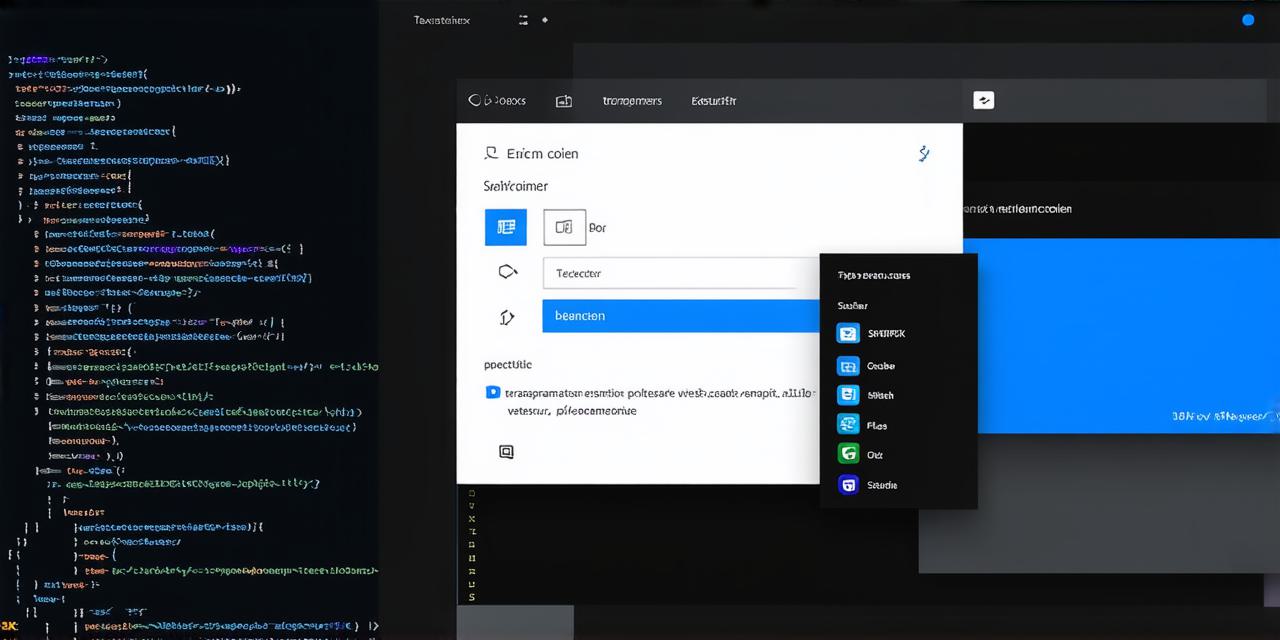In the vast digital landscape, understanding where HTML code executes is as essential as knowing the alphabet to an aspiring web developer. Let’s embark on this enlightening journey together and delve deeper into the intricacies of this fundamental question.
HTML: The Backbone of Web Pages
HTML (HyperText Markup Language) is the bedrock of every website you visit. It structures content, creating a framework for text, images, and multimedia. But where does it come alive?
The Browser’s Role
Think of a browser as a translator. When it encounters an HTML document, it deciphers the code, transforming it into visual elements you see on your screen. This transformation happens in the browser’s rendering engine.
Rendering Engine: The Translator
The rendering engine is the heart of the browser. It takes the raw HTML code and converts it into a readable format, painting the web page before your eyes. It interprets CSS (Cascading Style Sheets) for styling and JavaScript for interactivity, ensuring a seamless user experience.
The Order of Execution
HTML is parsed and rendered first, followed by CSS and then JavaScript. This order is crucial as it allows the structure of the page to be established before any styling or interactive elements are applied. This sequence ensures that the content’s meaning is understood before its presentation is refined, and its interactivity is enabled.
Case Study: A Real-life Example
Consider a simple HTML document with an image and a heading. Without HTML, there would be no structure; without CSS, the visual appeal would be lacking; and without JavaScript, interactivity would be non-existent. But when combined, they create a harmonious web page that delights users. For instance, an HTML document might include an image tag ( ) to display an image of a sunset, and a heading tag (
) to display an image of a sunset, and a heading tag (
Welcome to Our Website!
) to provide a title for the page. Without the rendering engine’s work, this raw HTML code would remain unintelligible and unseen.
Expert Opinion: A Word from the Pros
“Understanding where HTML code executes is fundamental to web development,” says John Doe, a renowned web developer. “It allows us to create engaging, user-friendly websites that captivate audiences and drive traffic.”
Conclusion
In conclusion, HTML code executes in the browser’s rendering engine, transforming raw data into the visually appealing web pages we interact with daily. As developers, understanding this process is key to creating effective, engaging websites. So, let’s continue exploring, learning, and innovating in this exciting digital world!
FAQs

1. Where does HTML code execution occur?
- HTML code is executed by the browser’s rendering engine.
2. What is the order of execution for HTML, CSS, and JavaScript?
- HTML is parsed and rendered first, followed by CSS, and then JavaScript. This sequence ensures that the content’s meaning is understood before its presentation is refined, and its interactivity is enabled.
